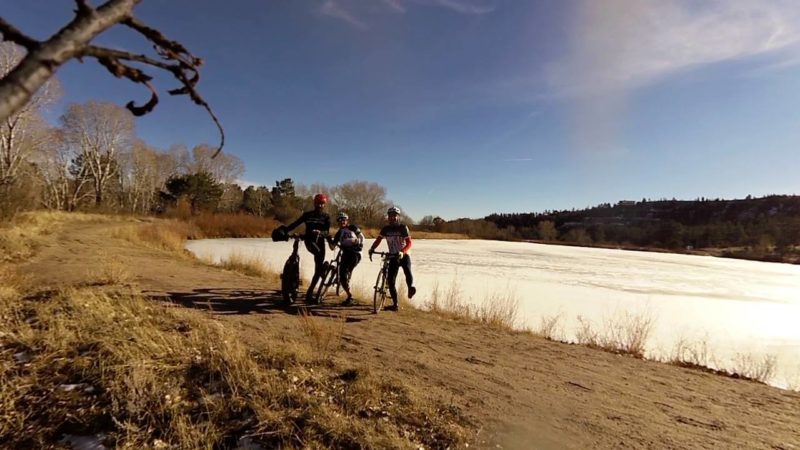
I got an email recently from Mary, who is concerned about her swim speed. Like many new triathletes, she’s new to the sport and did not come from a swimming background. She would like to compete in longer distance triathlons, but is concerned about swim cut-offs. Without seeing her stroke, I gave the following potential causes for a slower swim speed:
The shoulder is one of our most impressive joints. Just look at all the ways we can move them. If you watch the shoulder blade move as one moves the arm in different directions, you will see quite a bit of motion, so making sure the muscles surrounding the shoulder blade are flexible and strong is important. Here are a few exercises you can do to improve range of motion in some of the key muscles used in swimming.
STRETCHING
Camel Prep: On your knees but sitting up tall, reach your right hand up in the air and your left hand on your left heel. There will be a slight bend in your back. Look towards your right hand. You will feel a nice stretch across your hips and your chest. Hold for about 30 seconds and then reach with opposite arms.
Camel: Once you are loose from the Camel Prep, stay on your knees still sitting up tall and reach behind you and grab both heels- right hand on right heel, left on left. Your back will arch and look up and behind you. Make sure to relax and breathe, and feel your chest opening. Example of Camel.
By doing these stretches (every day!) you will help open up your torso to improve range of motion while swimming.
Coach Nicole is the author of The Triathlete’s Guide to Race Week. She is also the founder and head coach for NEO Endurance Sports & Fitness, a Colorado-based endurance sport coaching company. She is a USAT Level 1 Certified Coach, a USA Cycling Level 3 Coach, and also coaches triathlon for Team In Training. Learn more at https://neoendurancesports.com/. You can contact Coach Nicole with your questions for the Ask the Coach column on facebook, twitter or via email at nicole@neoendurancesports.com.







